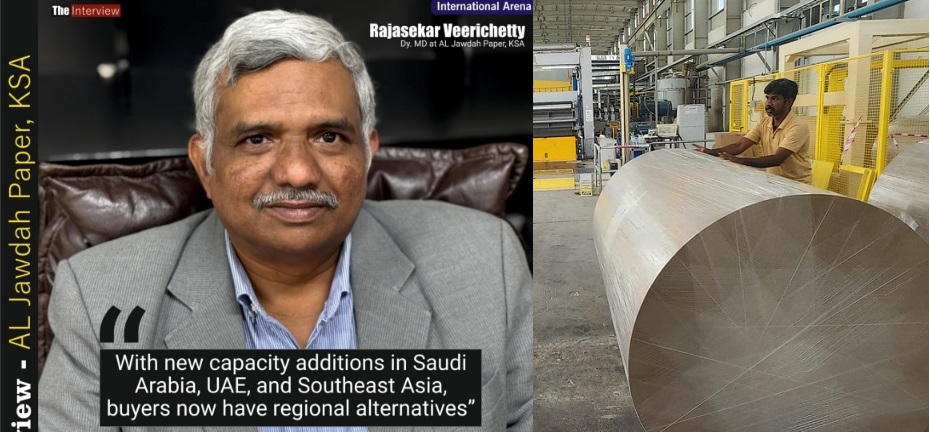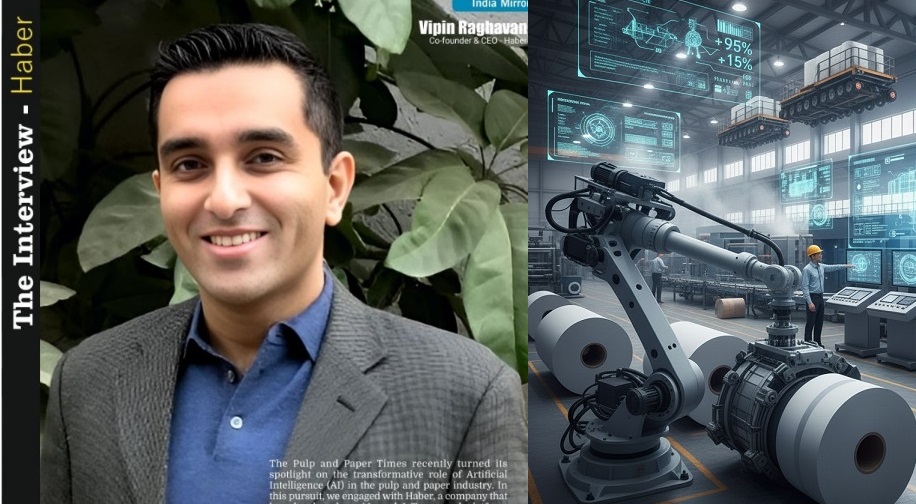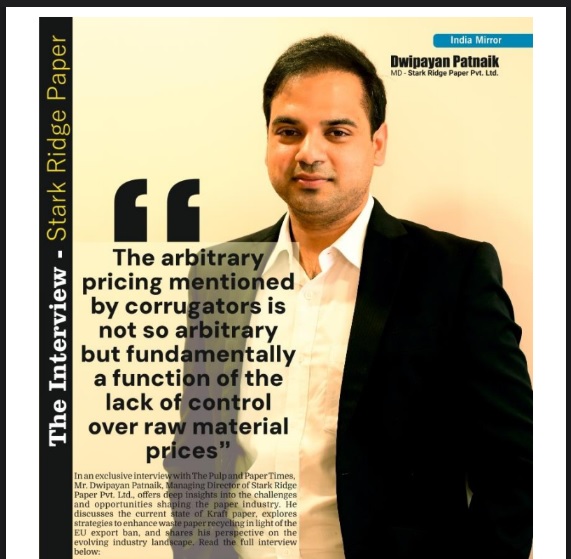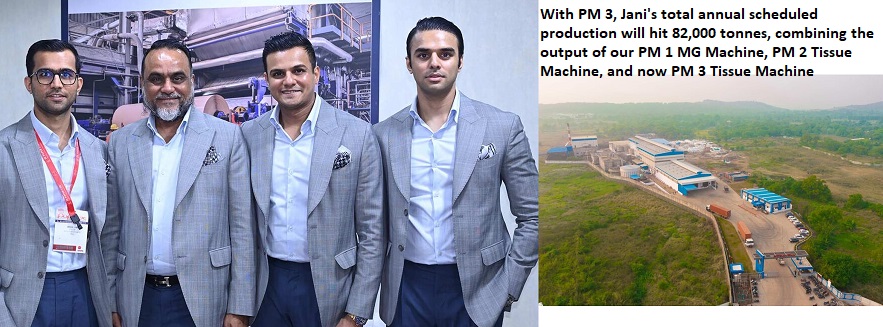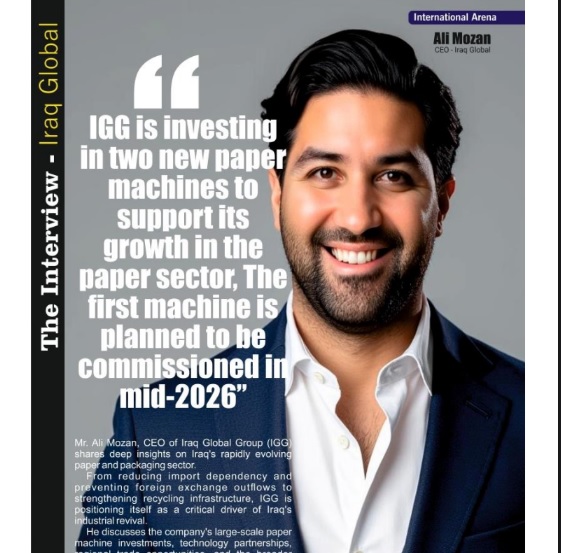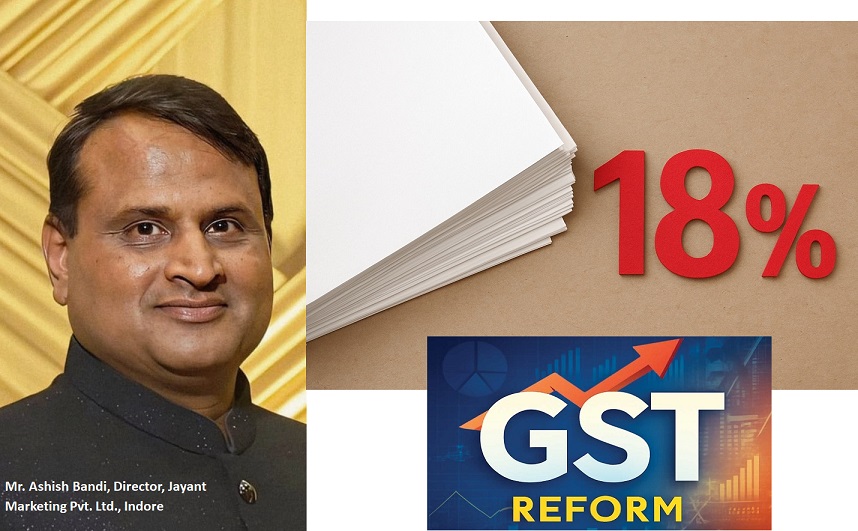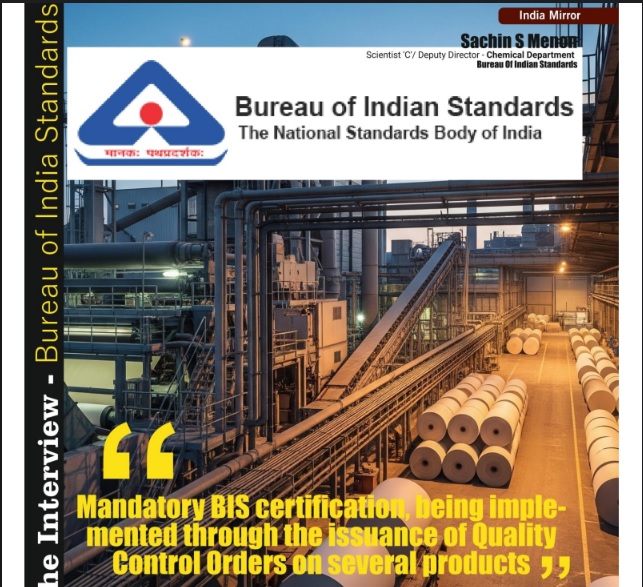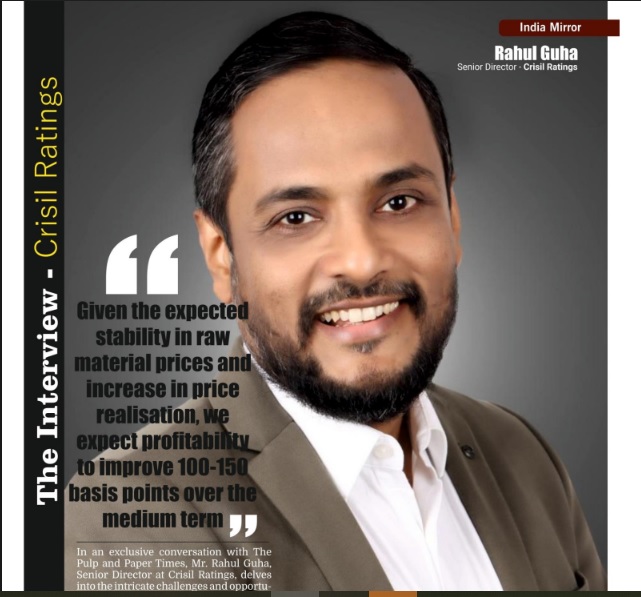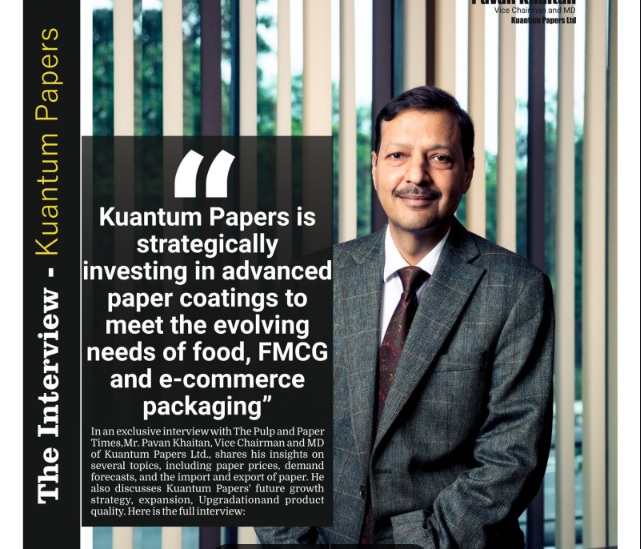Offering full solution to Paper mills for waste water treatment including modern technologies like Anaerobic Reactors
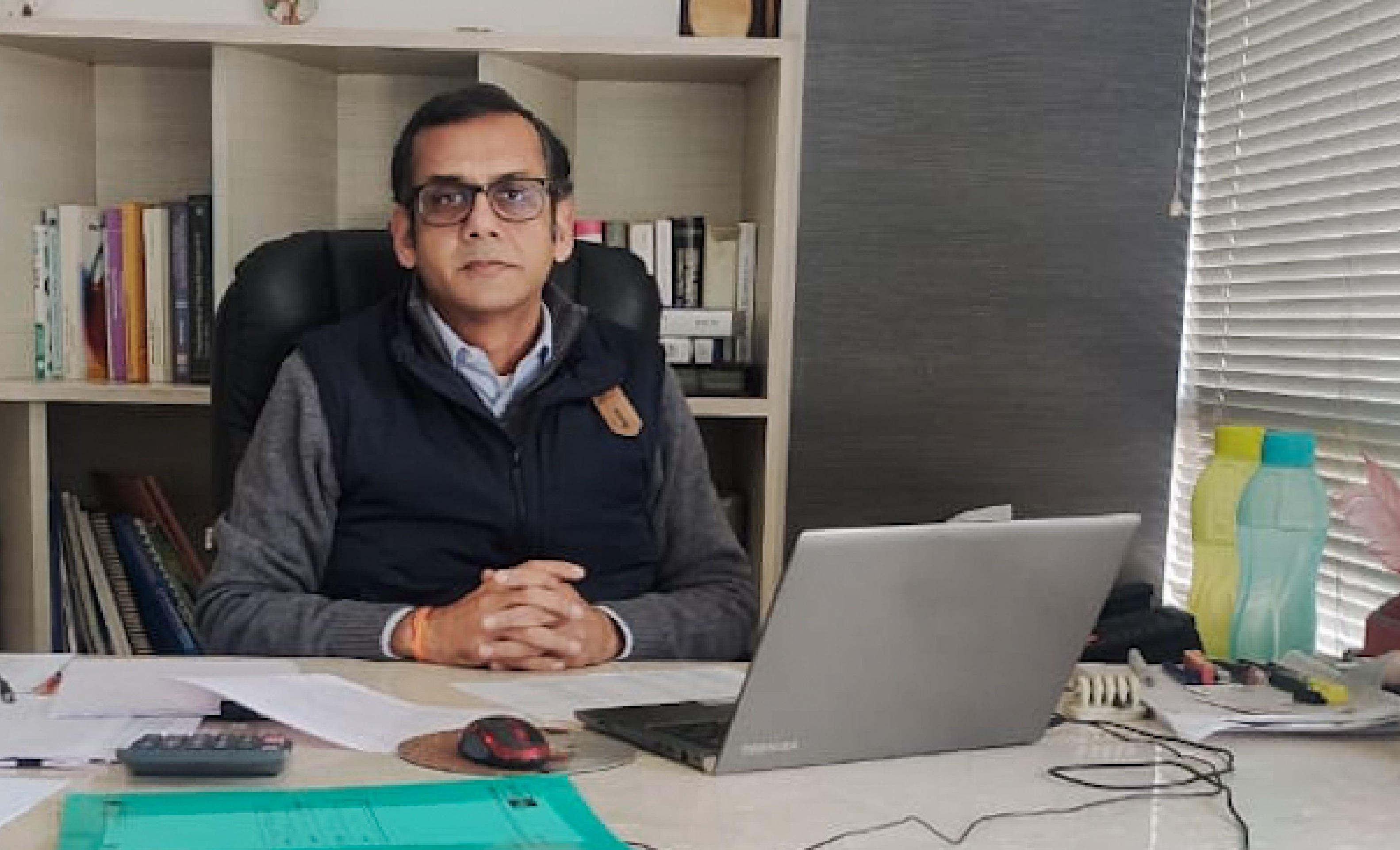

Offering full solution to Paper mills for waste water treatment including modern technologies like Anaerobic Reactors
Krofta Engineering was started in the year 1983. Our founder, Dr. Milos Krofta was a pioneer of DAF Technology and especially the concept of Fiber Recovery and emphasis on water reuse. Dr. Krofta was inducted into TAPPI hall of fame because of his immense contribution to the pulp & paper industry and since then Krofta India has kept on and introducing more products for the paper industry. Recently, The Pulp and Paper Times interacts with Mr. Raghvendra Khaitan, Managing Director of Krofta Engineering Ltd. over various issues related to waste water treatment and modern technologies which is being introduced in paper sector for ETP.
Q. Modern water monitoring operations are under pressure to reduce maintenance costs while at the same time there is a demand for more measurements. How Krofta satisfy its clients in this bracket?
Water monitoring and maintenance and measurements are all related to the type of technology that a company wishes to adopt. Newer technologies like MBBR allow smaller footprint area and this reduces overall project and maintenance costs. These technologies are very robust and don’t need constant maintenance once they have been started up.
We are promoting MBBR Media from Headworks, USA. Their technology is very effective and has installations /orders from paper mills. Another area is for tertiary treatment involving membranes which could either be a combination of UF membrane along with RO, which is all dependent upon the treatment desired.
We have already installed membranes in paper mills where demand for clear water was very tight and we have achieved their requirements.

Q. What are new products/machines Krofta offers in setting up modern ETP solutions, and how these products decrease paper mills' cost and increase the re-use of water in the process?
Krofta offers full solution to paper mills. Modern technologies like anaerobic reactors or MBBR are all way forward, especially for the Kraft mill where COD values are high.
Reuse of water is always going to be a constant focus in the paper mill and the better adoption of technology by a paper mill, it will increase their chances of reuse of water in the process.
We are ready to study the process, go hand in hand with the customer, understanding their requirements both technically and commercially to help enable them to set up the most cost-effective solution without compromising on performance.
Q. Recently, an advanced DAF system has been offered by Krofta Engineering. Please tell us its advantages for paper mills.
Krofta is recently introduced the Megacell which is an advanced DAF system in comparison to the earlier systems. Megacell is a rectangular DAF system which is compact and it is able to handle high velocity in a much smaller space because we have reengineered the saturation system. The advantage of the Megacell in comparison to Sedicell is that the paper mill saves atleast 60-70% of civil cost, due to the compactness, the Megacell has the flexibility to be installed at practically any location, further, we have engineered the drive motor in comparison to Sedicell and we are offering a lower KW, thereby saving the running power cost also.
Q. How does Krofta evaluate Indian ETP technology comparing to European and Chinese’s offering, in terms of cost and performance?
Technologies whether from European or from China are well adopted at many paper mills. I would say that the offers of the ETP by Indian companies is no way less comparable.
Q. What are the Current Wastewater Treatments Gaps and Challenges, How Krofta stands in between them? Does Krofta Engineering offer an audit for Waste Treatment?
All technologies are available to ensure compliances as per the PCB guidelines. The decision has to be made by the paper mill to be able to do with relevant investment and comply to these norms. Yes, Krofta Engineering does provide an audit for the waste water treatment.

Q. Does Krofta offer anaerobic membrane bioreactors for wastewater treatment, How does the type of wastewater affect the performance of an anaerobic bioreactor?
Krofta have tied up with Headworks international to offer an innovation Anaerobic MBBR reactor (AnMBBR), which utilizes special designed carriers for biofilm growth instead of traditional suspended growth anaerobic systems. The AnMBBR offers a compact solution vs other anaerobic systems and combined with Aerobic MBBR offers a complete Anearobic + Aerobic solution which provides the customer with a low opex and compact overall system. As the MBBR technology relies on attached growth biofilm this works exceptionally well for high strength wastewater where influent loads are high, and the self-regulating feature of the biofilm allows for a robust system.â€
Q. How does Krofta see the future shape of the Waste Water Treatment in India? How can a Waste Water Treatment be converted from Headache to mental relaxation with monetary benefits?
The scope of water treatment in India is phenomenal. We have not only paper industry but other industries where large engineering companies / corporations with whom even Krofta has a relationship, they all see a lot of potential for growth of waste water treatment in India. As mentioned before, adoption of a good technology along with proper training at any waste water facility will ensure peace of mind for the customer rather than fighting the odds by not having proper waste water treatment plant.

Web Title: Offering full solution to Paper mills for waste water treatment including modern technologies like Anaerobic Reactors





 Join WhatsApp Group
Join WhatsApp Group Join Telegram Channel
Join Telegram Channel Join YouTube Channel
Join YouTube Channel Join Job Channel (View | Submit Jobs)
Join Job Channel (View | Submit Jobs) Join Buy Sell Channel (Free to Submit)
Join Buy Sell Channel (Free to Submit) Paper News Headlines Channel (Free to read)
Paper News Headlines Channel (Free to read)